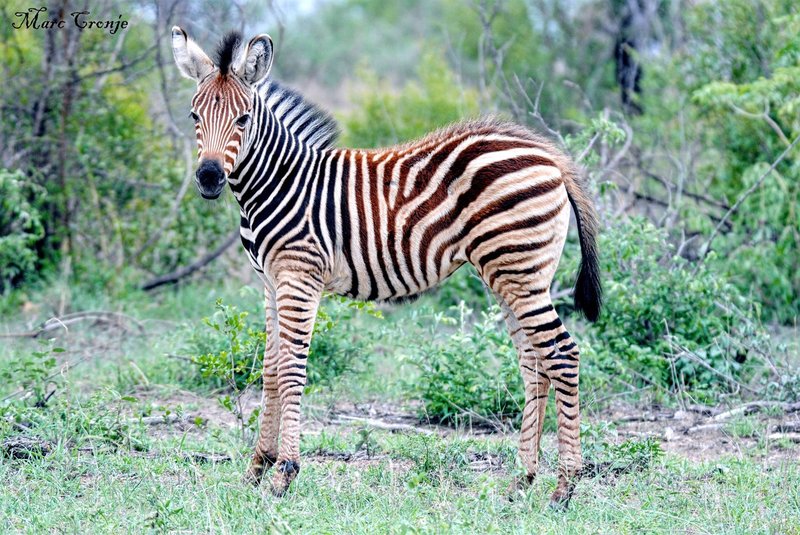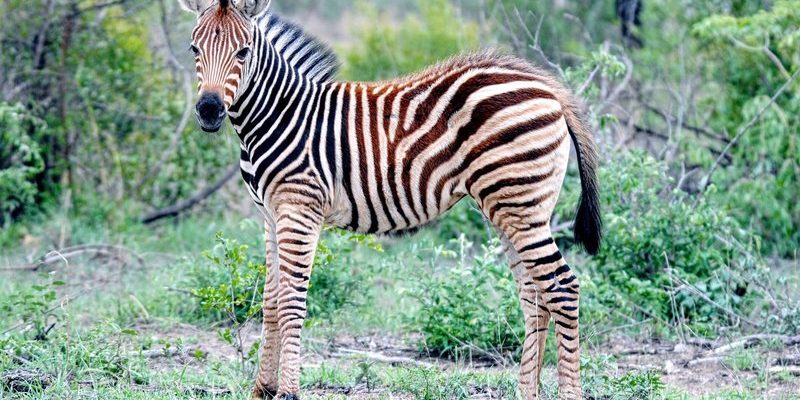
Raising young zebras is not just a solo endeavor for the mothers. It’s a community effort, much like how friends pitch in to help with a new baby. The plains zebra, a common species found in Africa, displays unique behaviors and strategies to nurture their offspring. Let’s dive into their world and explore the beautiful process of how these zebras raise their young in the wild.
The Zebra Life Cycle: From Foal to Adulthood
Before we talk about how zebras raise their young, it’s essential to understand their life cycle. Zebras typically have a gestation period of about 11 months, which means a mother zebra carries her baby, known as a **foal**, for nearly a year. Once born, the foal stands up and starts walking within an hour—this is vital for its survival in the wild.
As the foal grows, it sticks closely to its mother, mimicking her actions and learning from her. Here’s where the herd plays a significant role. Zebras live in groups called **harems**, which usually consist of one stallion and several mares and their offspring. This social structure offers young zebras protection and teaches them social skills, much like how kids learn from their siblings and friends.
Maternal Care: A Zebra’s First Lesson
The mother zebra’s job doesn’t stop with just giving birth. She provides a secure environment and teaches critical survival skills. Foals nurse from their mothers for several months, allowing them to gain essential nutrients needed for growth. This nursing phase is crucial—if the mother feels threatened, she’ll usually lead her foal away to a safer location.
Interestingly, a mother zebra can recognize her foal by its unique scent and vocalizations. This strong bond helps the foal feel secure and builds trust between mother and child. You might be wondering how she protects her young. Well, it’s all about teamwork. Other females in the group will also keep an eye on the foals, ensuring they are safe from predators while learning to graze and wander.
The Role of the Herd in Raising Young Zebras
In the zebra community, it takes a village to raise a young one. As foals begin exploring, they often find themselves in playful scuffles with other young zebras. This playful behavior is more than just fun; it’s essential for developing social skills and learning to navigate the complexities of their herd.
Herd dynamics are fascinating. Older zebras teach younger ones how to recognize threats, like lions or hyenas, and help them understand the best hiding spots. When danger arises, the entire herd bands together, forming a protective barrier around the foals. It’s a beautiful dance of trust and teamwork that ensures the survival of the young.
Learning Through Play: The Importance of Socialization
Playtime is a vital part of a zebra’s upbringing. Young zebras often engage in games of chase, which help them develop physical skills essential for dodging predators in the wild. Picture this: two foals darting across the savanna, their stripes a blur as they practice running and agility. This playful interaction not only keeps them fit but also builds bonds with their peers.
You might think of play as just fun, but for zebras, it’s a serious business. Learning to socialize with other young zebras prepares them for adult life. They discover how to communicate—using tail movements, body language, and vocalizations. These interactions lay the groundwork for lifelong friendships within the herd.
Challenges Zebra Foals Face in the Wild
Despite the protective nature of their herd, zebra foals face many challenges. Predators lurk in the grasslands, always on the lookout for an easy meal. The first few weeks of life are the most perilous. If a mother zebra has twins, which happens occasionally, the chances of survival drop significantly. It’s tough for her to nurture both foals, as resources are limited.
Moreover, the environment poses its own set of challenges. Foals must learn to navigate through brutal weather conditions—from scorching sun to torrential rains. This education is crucial; it equips them with the skills needed to survive on their own once they mature.
When Do Zebras Reach Independence?
As foals grow, their dependence on their mothers gradually decreases. By the time a foal is about a year old, it starts to forage for food independently and explore farther from the mother. However, they typically remain within the herd for a few more years, often looking to older zebras for guidance.
During this transitional phase, foals learn the finer nuances of zebra life, like migrating to better grazing areas and avoiding predation. It’s a bittersweet moment for mothers, who watch as their little ones start to stand on their own two hooves, ready to face the world.
Raising young zebras in the wild is a beautiful, complex process that highlights the importance of community and parental care. Through teamwork, socialization, and an incredible instinct for survival, plains zebras ensure their young grow up well-prepared for the challenges of life on the savanna. Just like humans, zebras show us that nurturing and teaching can take many forms, and every step, from the foal’s first wobbly steps to their eventual independence, is all part of the circle of life. Watching this process unfold truly makes you appreciate the beauty of nature and the strong bonds that exist within animal families.

